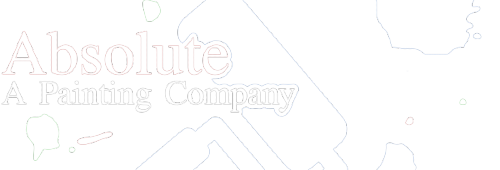What Causes Paint Failure?
Paint failure is the loss of the bond between the paint and the surface. A failing paint deteriorates quicker than the rated lifespan and can cause an unsightly appearance on indoor and outdoor surfaces. While it often begins slowly, paint failure progresses rapidly through the entire coat if the symptoms are not addressed in time.
Following are some of the most notable causes of paint failure.
Shrinkage and movement
Most modern paint formulas are complex chemical mixes applied in a thin coat to endure adverse weather (if outdoors) or humidity and dirt (indoors). This thin layer may absorb moisture over time, shrink, or move slightly if the paint was not appropriately applied over a dry, primed surface.
Moisture
Both indoor and outdoor paints can suffer from paint failure due to moisture. If the walls are newly built, the construction process might not allow the walls to dry out before the paint is applied. The water seeps out of the wall into the paint, separating it from the surface.
Moisture can cause the paint to peel off or blister. In either case, the paint will need to be reapplied.
Inadequate preparation
If the painting surface isn’t completely clean and dry, the paint may not adhere properly. Loose particles of dust and dirt will cause the paint to stick to them rather than the wall, and the paint may flake off at a later time.
Luckily, this sort of paint failure isn’t particularly challenging to repair. When repainting the wall, it’s unnecessary to remove the previous coat of paint in the places where it’s still sticking to the wall. However, it’s best to remove any flakes and falling bits to provide a better seal for the new coat.
Improper application
If the paint wasn’t applied properly, there’s a higher chance that it won’t stick to the surface properly. Failure to adhere can occur in a few ways. If multiple coats were applied, the most recent one might crawl over the wall if the layers underneath weren’t dry enough. Alternatively, if the bottom layer is too thick, it can wrinkle. A professional application by trained painters will significantly reduce the risk of paint failure.
Weather exposure
This problem boils down to choosing the wrong type of paint for the surface. When deciding which paint to use, keep in mind the weather conditions and moisture levels it will have to withstand. Over time, all paints exposed to the sun and moisture will chalk up, and the paint will have to be renewed.
How to prevent paint failure
The best way to prevent paint from failing is to contact a professional to prepare the painting surface well and use the correct paint for the job. Contact a professional painting contractor for seamless interior or exterior painting and surface restoration.

